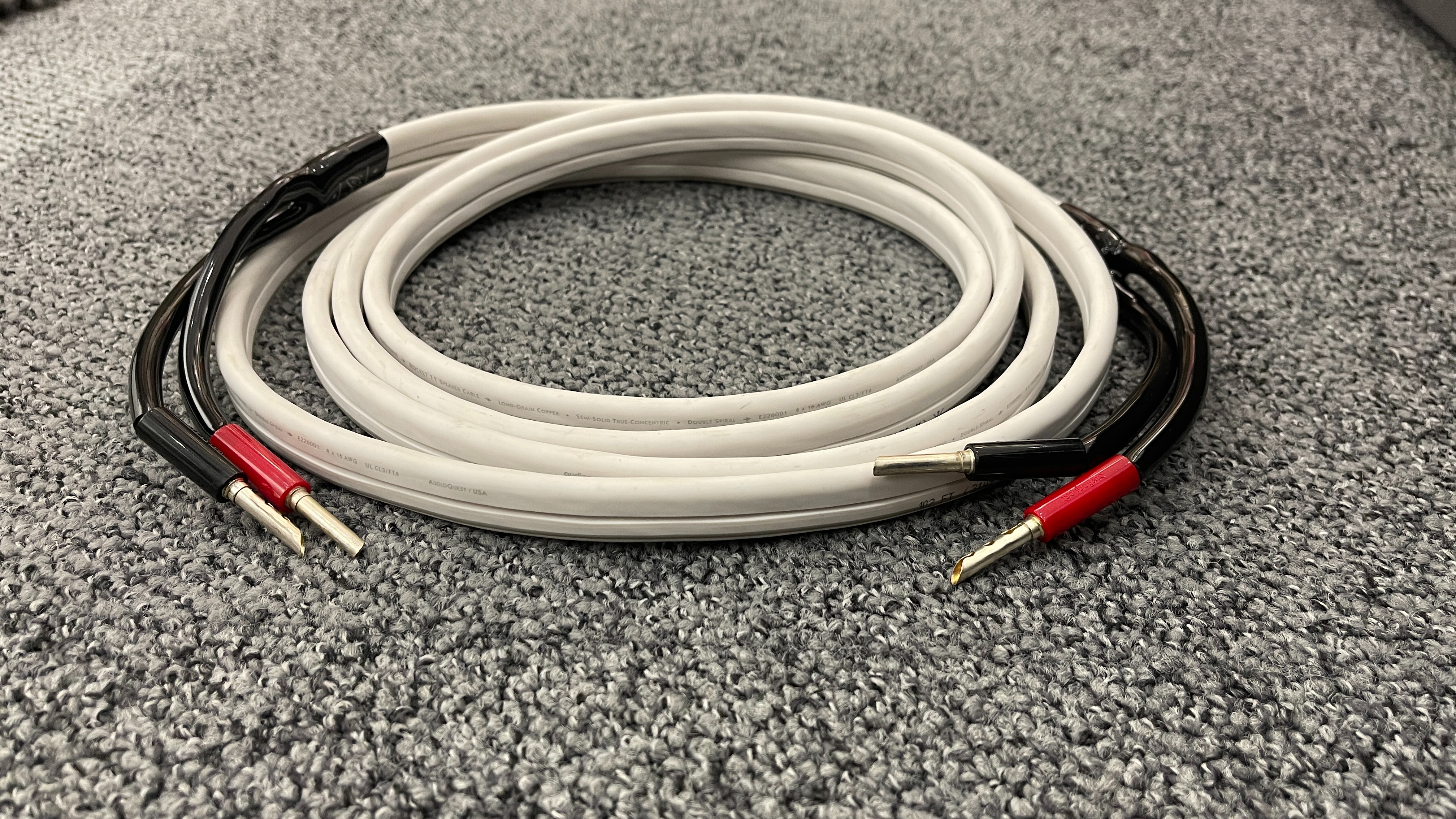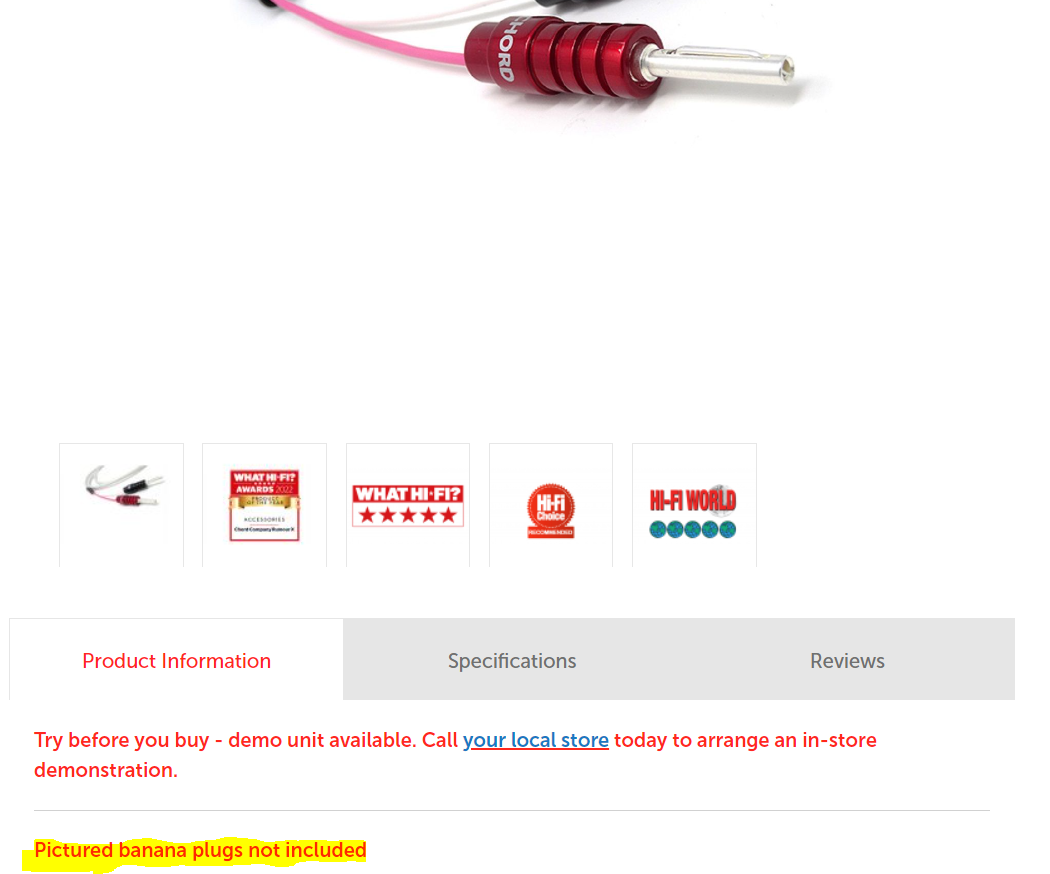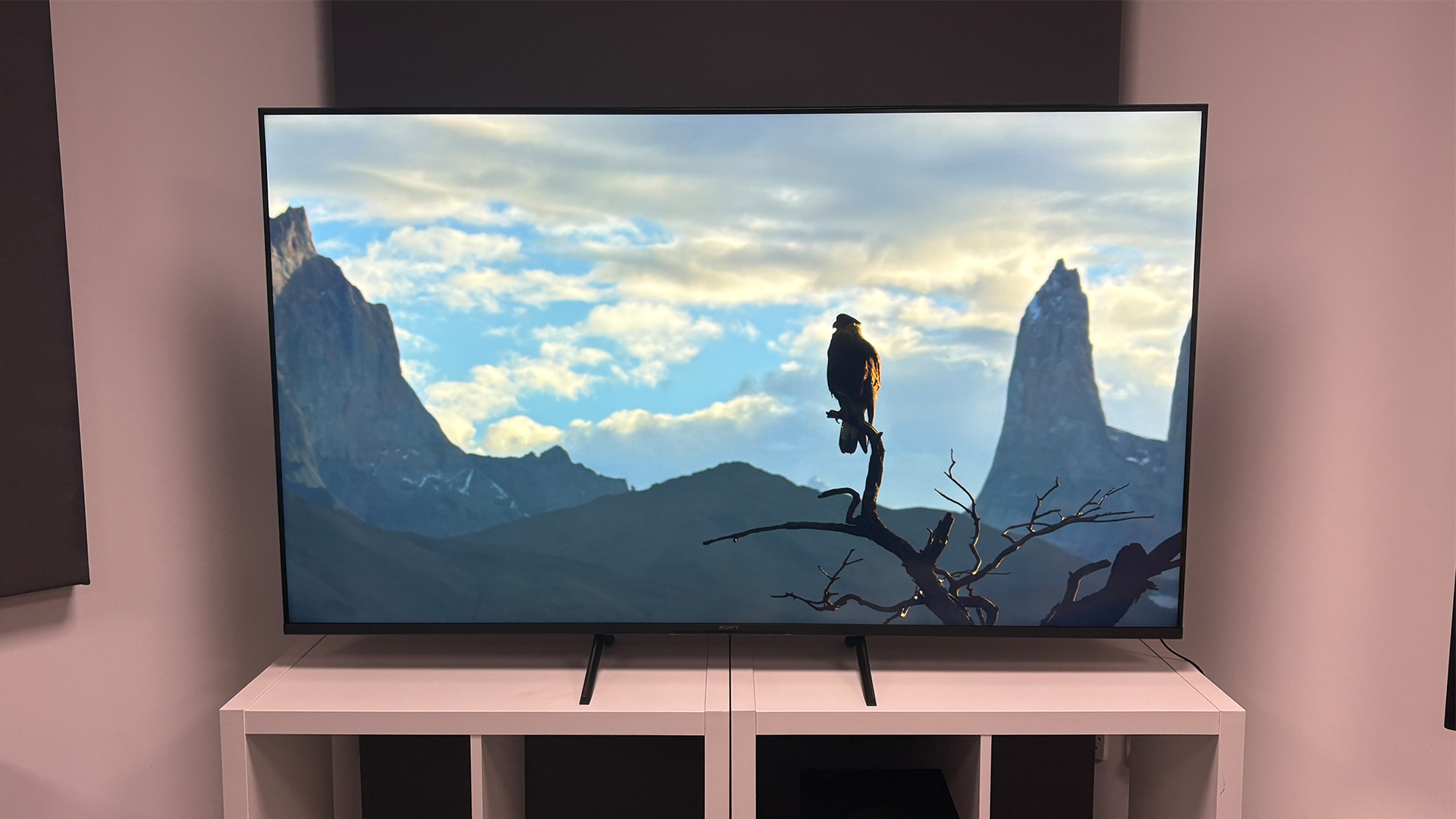3 rookie mistakes to avoid when buying speaker cables
Buying speaker cables is trickier than you might think…

Let’s be honest, there is something truly special about picking and setting up a new hi-fi system.
Whether it’s the time spent creating a shortlist of potential options based on What Hi-Fi?’s reviews, or jumping into a store to experiment and see how your various options work together, the entire journey is wonderfully fun.
But, in all the excitement of picking which amp, turntable and speakers you want, it can be all too easy to overlook one critical step: getting the right speaker cable to connect it all. It’s a cable right, what could possibly go wrong? As it turns out, quite a lot.
This is why we have created this handy guide signposting the three biggest pitfalls to avoid when buying speaker cable.
Don’t buy blind
One of the most common mistakes rookie buyers make is assuming that all speaker cables are created equal. What Hi-Fi? has been reviewing hi-fi since the 1970s; trust us when we say, this is not the case.
We make a point of reviewing speaker cables, as they are a key component that can make a hi-fi system shine – or completely ruin it. Even if you have otherwise excellent hardware, a poor cable can destroy its performance.
On top of that, like system matching in general, you should try to find a cable with a character that is compatible with your hardware. This is why we recommend reading our reviews and trying different combinations in-store rather than going off our star ratings alone or grabbing whichever option is top in our best speaker cables guide.
The latest hi-fi, home cinema and tech news, reviews, buying advice and deals, direct to your inbox.
If in doubt, you can also ask the manufacturer of your amplifier or an expert in-store which cable they recommend.
Cost is also a factor. As a general rule of thumb, we recommend spending about 10-15 per cent of your budget on a system’s cables.
Measure the space
Most specialist retailers sell speaker cables by the metre, so you should always measure the space you plan to set up your system in. There’s nothing more annoying than getting everything bought and in place only to realise you have bought too little cable. This is especially true if you plan to use a bare cable end - remember stripping it will reduce the cable’s length, so it’s always good to have some wiggle room to spare with the length.
On top of that, if you want to get the best audio possible you will also want to make sure you get the same length for the left and right channels. As well as being basic good cable-management practice, there is also a scientific reason for this - to ensure they both have equal impedance values. If you don’t, the amplifier sees very slightly different electric loads for the left and right channels, which could affect the sound.
Check what you are actually buying

Knowing what you are buying may sound like an easy pitfall to avoid, but it’s the easiest mistake on this list to make. This is because it is fairly common for online retailers to use product images of cables with banana plugs, when those are actually an add-on you have to purchase separately. So make sure you read the product description and know if the plugs are included.
On top of that, if you are going the bare cable route, make sure you have the proper tools. If you’re going to invest in a decent speaker cable you should also pick up proper cable cutters and strippers. Try to DIY it with a Stanley knife and a basic set of pliers and you will risk damaging the wire and be at a higher risk of cutting yourself.
MORE:
These are the best stereo amps we've tested
Here's how to build the perfect hi-fi system
Check out our picks of the best speakers

Alastair is What Hi-Fi?’s editor in chief. He has well over a decade’s experience as a journalist working in both B2C and B2B press. During this time he’s covered everything from the launch of the first Amazon Echo to government cyber security policy. Prior to joining What Hi-Fi? he served as Trusted Reviews’ editor-in-chief. Outside of tech, he has a Masters from King’s College London in Ethics and the Philosophy of Religion, is an enthusiastic, but untalented, guitar player and runs a webcomic in his spare time.
